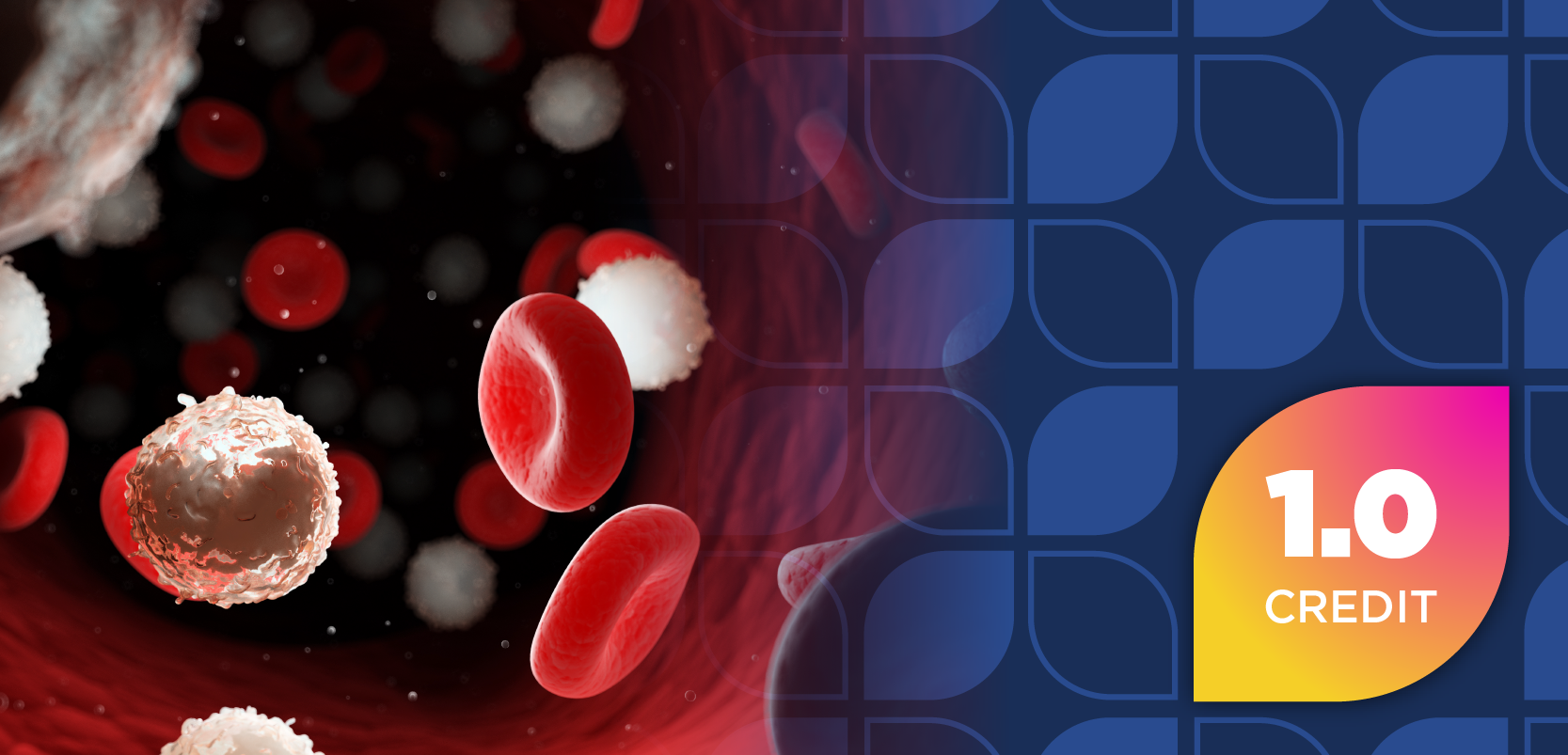
Pharmacy Practice in Focus: Health Systems
- September 2013
- Volume 2
- Issue 5
Elvitegravir/Cobicistat/Emtricitabine/Tenofovir Disoproxil Fumarate (Stribild)
Elvitegravir/cobicistat/emtricitabine/tenofovir disoproxil fumarate (Stribild), manufactured by Gilead Sciences, Inc, is a combination antiretroviral agent approved by the FDA as a complete regimen for the treatment of HIV-1 infection in adults who are antiretroviral treatment—naïve. The safety and efficacy of Stribild have not been established in pediatric patients. Stribild is a combination of an integrase inhibitor (elvitegravir), a pharmacokinetic enhancer (cobicistat), and 2 nucleos(t)ide reverse transcriptase inhibitors (emtricitabine/tenofovir).1,2
Elvitegravir inhibits the catalytic activity of integrase, thus preventing integration of the pro-viral gene into human DNA. Cobicistat inhibits enzymes of the CYP3A subfamily and enhances systemic exposure to elvitegravir. Emtricitabine is a cytosine analogue, and tenofovir is an analogue of adenosine 5’-monophosphate. Emtricitabine and tenofovir interfere with HIV viral RNA dependent DNA polymerase activities, resulting in inhibition of viral replication. Time to peak in plasma is about 3 hours with a range of 2 to 4 hours. Protein binding is 99% with elvitegravir, 98% with cobicistat, <4% with emtricitabine, and <1% with tenofovir.1,2
The recommended dose of Stribild is 1 tablet taken by mouth once daily with food. Patients with an estimated creatinine clearance below 70 mL/min should not be started on Stribild. This is due to the inability to decrease the dose of a fixed-dose combination tablet if needed due to renal impairment, which is required for emtricitabine and tenofovir. Treatment should be discontinued if creatinine clearance drops below 50 mL/min during treatment. A dosage adjustment is not required for patients with mild-to-moderate hepatic impairment; however, Stribild is not recommended for use in patients with severe hepatic impairment due to lack of safety data in this population.1,2
The efficacy and safety of Stribild have been evaluated in 2 randomized, double-blind phase 3 studies; 1 comparing Stribild with ritonavir-boosted atazanavir (ATV/RTV) plus emtricitabine/tenofovir (Truvada) and 1 comparing Stribild with efavirenz/emtricitabine/tenofovir (Atripla). Stribild was noninferior in both studies to both of the standard treatment regimens in controlling viral load. In the Stribild versus Atripla trial, 305 of 348 patients (87.6%) on Stribild versus 296 of 352 patients (84.1%) on Atripla had an HIV ribonucleic acid (RNA) concentration of <50 copies/mL at week 48. In the Stribild versus ATV/RTV with Truvada trial, 316 of 353 patients (89.5%) on Stribild versus 308 of 355 patients (86.8%) on Atripla had an HIV RNA concentration of <50 copies/mL at 48 weeks. Additionally, both clinical trials showed a good tolerability profile with Stribild. In the Stribild versus Atripla study, 4% of Stribild patients discontinued treatment due to adverse events compared with 5% of Atripla patients. In the study comparing Stribild with ATV/RTV plus Truvada, 3.7% of patients on Stribild discontinued treatment because of side effects compared with 5.1% on ATV/RTV plus Truvada.3,4
The most commonly observed side effects of Stribild during clinical studies included nausea and diarrhea; however, lactic acidosis and severe hepatomegaly with steatosis have been reported with the use of nucleoside analogues, including tenofovir, which is a component of Stribild. Additionally, severe acute exacerbations of hepatitis B (HBV) have been reported in patients who are coinfected with HBV and HIV-1 and have discontinued emtricitabine or tenofovir, 2 of the components of Stribild. In some patients infected with HBV and treated with Emtriva, exacerbations of HBV were associated with liver decompensation and liver failure. Patients who are coinfected with HIV-1 and HBV should be closely monitored with both clinical and laboratory follow-up for at least several months after stopping treatment with Stribild. Stribild can alter the concentration of drugs metabolized by CYP3A or CYP2D6. Drugs that induce CYP3A activity can increase the clearance of elvitegravir and cobicistat, resulting in decreased plasma concentration of cobicistat and elvitegravir, which may lead to development of resistance to Stribild. Significant drug—drug interactions are listed in the package insert.
Availability and Cost
Stribild is available in bottles of 30 tablets and should be stored at controlled room temperature. The acquisition cost of Stribild is $75 per tablet. More information about Stribild is available at
Ashley N. Lewis, PharmD, BCPS, is a drug information specialist at University of North Carolina (UNC) Hospitals and a clinical assistant professor at the UNC Eshelman School of Pharmacy.
References
- Stribild package insert. Gilead Sciences. Foster City, CA. Updated 8/12.
- Micromedex® 2.0 Online [Intranet]. Truven Health Analytics Inc 2013. www.micromedexsolutions.com. Accessed August 29, 2013.
- DeJesus E, Rockstroh J, Henry K, et al. Co-formulated elvitegravir, cobicistat, emtricitabine, and tenofovir disoproxil fumarate versus ritonavir-boosted atazanavir plus co-formulated emtricitabine and tenofovir disoproxil fumarate for initial treatment of HIV-1 infection: a randomized, double-blind, phase 3, non-inferiority trial. Lancet. 2012;379:2429-2438.
- Sax P, DeJesus E, Mills A, et al. Co-formulated elvitegravir, cobicistat, emtricitabine, and tenofovir versus co-formulated efavirenz, emtricitabine, and tenofovir for initial treatment of HIV-1 infection: a randomised, double-blind, phase 3 trial, analysis of results after 48 weeks [correction appears in Lancet. 2012;380:730]. Lancet. 2012;379:2439-2448.
Articles in this issue
about 12 years ago
Considerations for the Management of Angina Pectoris with Nitroglycerinabout 12 years ago
The Future of 340B: It's All About Perspectiveabout 12 years ago
Metastatic Breast Cancer Updatesabout 12 years ago
Adjusting a Patient's Antihypertensive Regimenabout 12 years ago
Mission Trip to Fort Liberte, HaitiNewsletter
Stay informed on drug updates, treatment guidelines, and pharmacy practice trends—subscribe to Pharmacy Times for weekly clinical insights.
























































































































































































































